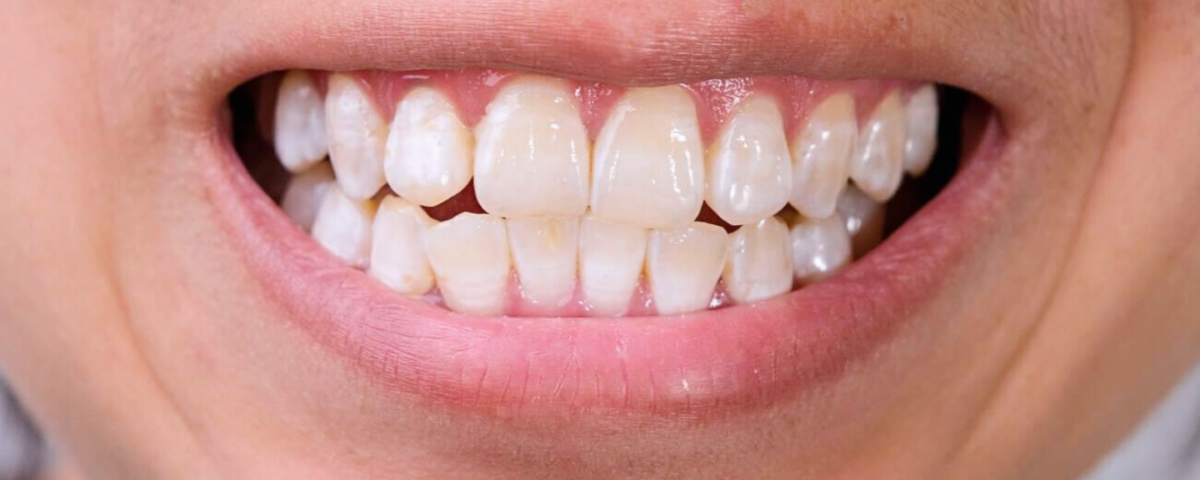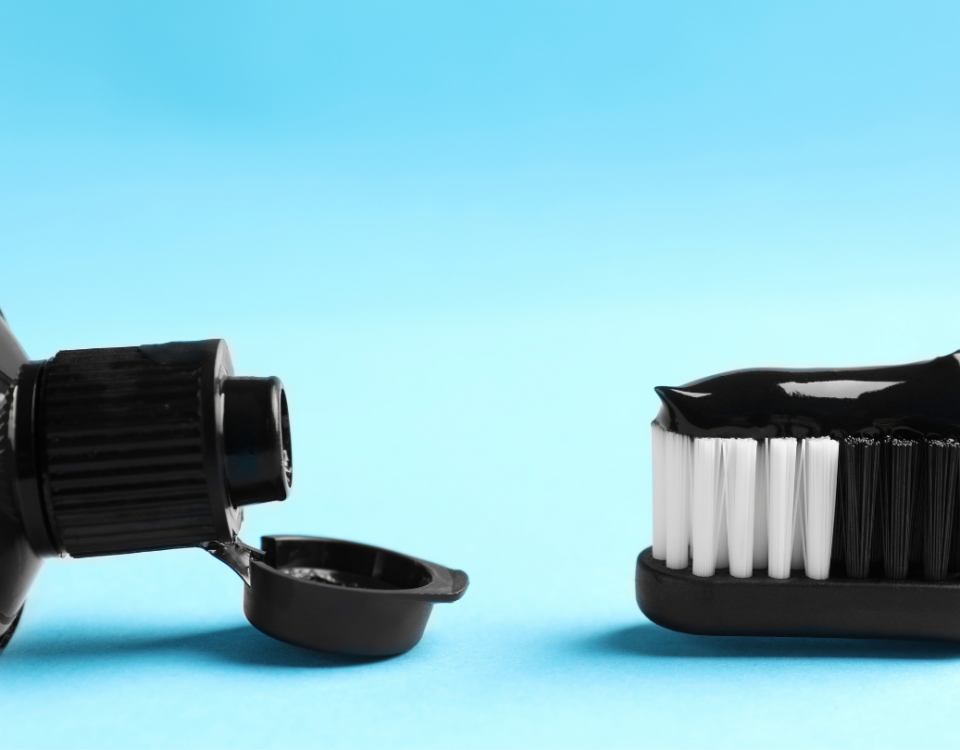
What Is The Best Oral Hygiene Routine?
May 3, 2023
How To Fix A Cracked Tooth
May 22, 2023When brushing and flossing, you should take action if you notice unusual white spots on your teeth. You may wonder “Why do I have white spots on my teeth”?.
White spots on your teeth could come from dietary factors, dental hygiene, or other concerns. Let us at Langley Dental Care help you to correct white spots and prevent serious problems.
What Do White Spots on Teeth Look Like?
Your teeth should have a uniform color and texture. However, sometimes, you may develop white spots on the surfaces of your teeth. Most people notice these spots when flossing or brushing. If you do have white spots, they typically don’t cause any pain.
However, because the appearance of spots on your teeth can become embarrassing, you may only want to smile once you have a dentist fix the issue.
White spots can look like small, white areas on any surfaces of the teeth. In most cases, these spots will not easily brush off from your teeth. Permanent white spots need a dentist’s intervention to fix.
Common Causes of White Spots on Teeth
White spots come from mineral changes to the teeth. In young children, these changes can happen from too much fluoride. In adults, a loss of calcium from the tooth enamel produces white spots on the teeth. Several issues can cause these spots to form on both teeth of children and adults. Because minerals impact the formation of white spots, they tend to be permanent changes to your teeth. Your dentist can remove the spots with cosmetic dental procedures, such as veneers or whitening.
Fluorosis in Children
Fluoride is essential in preventing cavity formation in children and adults. However, in some cases, well-water or swallowing fluoride toothpaste or mouthwash can cause fluoride buildup in the bodies of very young children under eight. Too much fluoride over too long initially produces white spots on the teeth. Without fixing the child’s exposure to fluoride, white spots can change into pits in the tooth enamel.
Talk to your child’s dentist about using fluoridated water or fluoride toothpaste. When preparing your child’s toothbrush, use the correct amount of toothpaste to prevent excessive fluoride exposure if they swallow it. Children under three should have no more than a rice-grain amount of toothpaste. Those over three need only a pea-sized dab of toothpaste. Balancing cavity prevention with fluorosis prevention in young children requires you to talk to your child’s dentist for expert advice that meets your child’s dental needs.
Poor Dietary Habits
Your diet plays a vital role in your dental health. If you don’t have enough calcium or phosphorus in your diet, your body lacks the raw materials it needs to maintain adequate enamel on the teeth. Over time, you may lose calcium from the enamel and develop white spots.
Another dietary source of white spots comes from acidic foods and drinks. Sports drinks and sodas rank among the top offenders for their enamel-eating acid content. However, citrus fruits, sour candy, coffee, and tea also contribute to enamel wear and white spots.
Acid Reflux
Just as acidic foods and drinks can wear away enamel, the highly reactive stomach acid that refluxes up your esophagus can do the same thing. If you experience chronic acid reflux, talk to your doctor about ways to control it. And ask your dentist about how to fix the white spots the stomach acid created.
Lack of Enamel
Tooth enamel naturally forms from birth. However, some people have genetic issues that prevent their bodies from forming enough enamel on the teeth, called enamel hypoplasia. This condition also stems from issues during pregnancy or birth of the child, such as low birth weight, premature birth, or nutritional deficiencies in the mother’s diet.
Children who have white spots on their teeth early may have enamel hypoplasia. If your child has this condition, you must be extra careful in keeping up with helping them to maintain good brushing and flossing habits. Remember to bring them to the dentist regularly for checkups and cleanings. Their teeth are more likely to develop decay because they lack protective enamel to slow cavity formation.
Plaque Build-Up
Brushing and flossing remove plaque from your teeth. Plaque that stays on the teeth creates hardened tartar spots. These require professional cleanings for removal. If you don’t get plaque and tartar off your teeth, you can develop white spots and raise your chances for dental decay and gum disease.
Side Effect of Wearing Braces
Traditional wire braces with brackets adhered to your teeth make regular dental care difficult. Therefore, many people notice white spots on their teeth after having the braces removed. These white spots come from plaque that built up in difficult-to-brush areas around the braces. Prevent these spots by maintaining excellent flossing and brushing while wearing braces.
Dry Mouth
Your saliva regularly washes over your teeth to neutralize the acid from bacteria and prevent decay. However, if you sleep with your mouth open due to allergies or snoring, you don’t have the benefit of this protective saliva overnight. Medications that cause dry mouth can also reduce the protection of saliva.
Consequently, if you wake up with a dry mouth or have this as a medication side effect, you may also have white spots on your teeth from enamel wear. Talking to your doctor about correcting dry mouth caused by medication and seeing how to fix snoring or allergy issues can help prevent future white spots and protect your dental health.
Contact Us at Langley Dental Care If White Spots Appear on Your Teeth
White spots will remain visible on your teeth and can worsen unless you discover why you have them and make corrections in your lifestyle or prevent more.
Let us at Langley Dental Care help you to find out why you have white spots and fix them with our cosmetic dental services. You don’t have to hide your smile. Call us to schedule a consultation to see how we can help you to get rid of white spots on your teeth.



